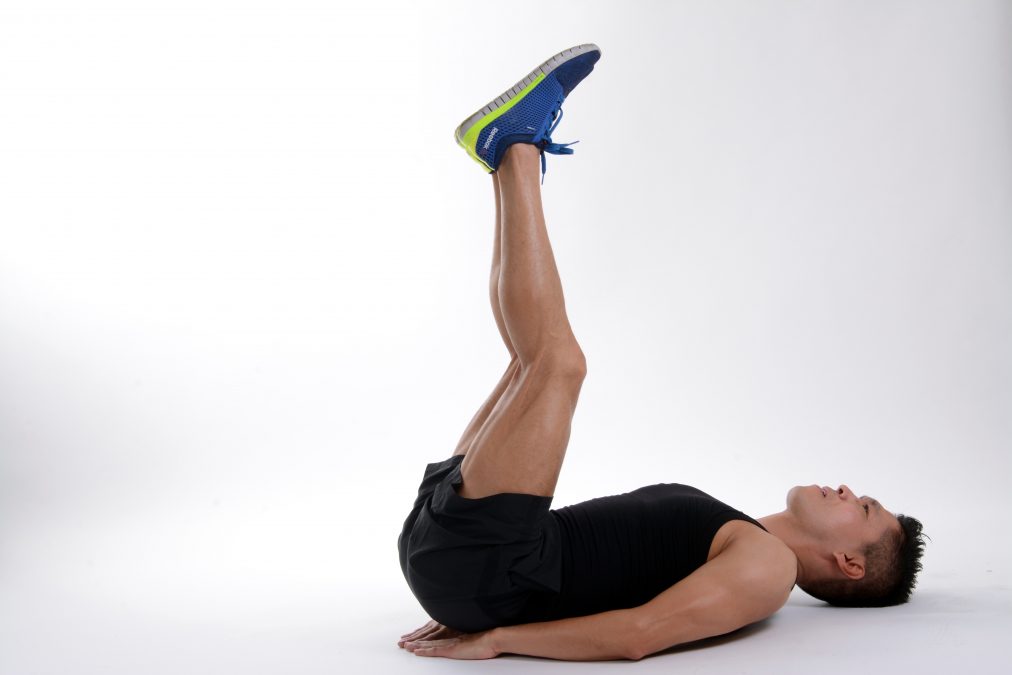The Importance of Having a Strong Butt

Your glute muscles were meant to act as more than just a cushion to sit on! Other than the core, glute strengthening is one of the top prescriptions I give clients for a variety of complaints. In particular, weak glutes have been shown in research to have a negative impact on the health of your spine, hips and knees. Additionally, a stronger butt can improve the efficiency of your training – better form, more power, greater endurance, and less fatigue of smaller muscle groups and therefore lessening the chance of injury.
The gluteals are comprised of 3 muscles- gluteus maximus, medius, and minimus. Glute max is a prime mover to extend the hip, whereas glute med and min act to stabilize the hip and pelvis. If these muscles are not doing the job they should, the body uses other ways to maintain stability and propel the body forward, mainly compensation. For example, the lumbar spine is a very common compensator for a lazy gluteus maximus. Rather than flexing and extending through the hips during movement, you may end up flexing and extending excessively through the low back. The same goes for bending over to pick something up and standing up from a chair. This repetitive movement through the back can lead to chronic irritation of the muscles and joints in the spine. Other examples include non-traumatic achilles pain where an individual relies only their calf muscles to ‘push’ them forward, or chronically tight hamstrings that are overused when striding when running or walking.
Outer glute strength (glute medius/minimus) plays a major role in alignment of the hip, knee, and ankle in single leg stance -we spend about 50% of the time on one leg when walking, and up to 80% of the time when running. Without the stability of the outer glutes, the hip, knee and arch of the foot collapse inward, thus creating poor distribution of load on the joints. This poor alignment can put you at risk for patellofemoral pain syndrome, IT band syndrome, hip impingement, ankle sprains and plantar fasciitis to name a few. The stronger your gluteals are, you will have significantly more control over your hip knee, ankle and foot which means that when you run, hike, jump, throw, kick or push and pull, you will minimize the chance of overloading these joints and improve the your form and efficiency in your sport.
Luckily, there are things you can do to prevent your bum from disappearing and train for stronger, more resilient glutes. Here are a few exercises to get you started!
Charlene Copeland-Wilson, MPT, CAFCI, NKT®, Clinical Pilates, IMS

About twice a month our therapists will be posting answers to commonly asked questions. So, if you have a burning question that you want answered let us know in the comments below.
We can cover anything ranging from active rehabilitation, to injury prevention.
This week our featured therapist is Charlene Copeland-Wilson. To learn more about Charlene check out our PhysioWorks team.


Leave a Reply